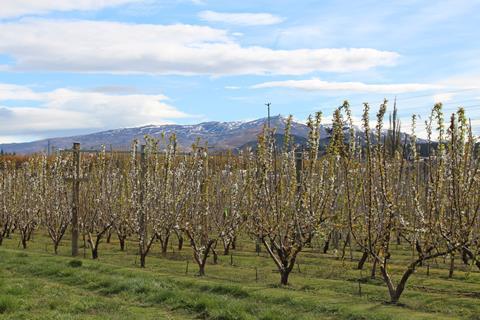Bioeconomy Science Institute to advance innovation in agriculture, horticulture, forestry, aquaculture, biotechnology and manufacturing
July marks a new era for New Zealand’s bioeconomy as the country launches its largest research institute.

The New Zealand Institute for Bioeconomy Science (Bioeconomy Science Institute) brings together four Crown Research Institutes (CRIs) to form one research organisation focused on optimising the use of biological resources and protecting the natural environment. With more than 2,000 people, the Bioeconomy Science Institute is New Zealand’s largest research institute, supporting sectors contributing 80 per cent of the nation’s exports and more than 10 per cent of its GDP.
Through world-leading research, the Bioeconomy Science Institute will advance innovation in agriculture, horticulture, forestry, aquaculture, biotechnology and manufacturing. It will protect and enhance ecosystems from biosecurity threats and climate risks, enhance and protect native forests, and develop new bio-based technologies and products.
“The formation of the Bioeconomy Science Institute is a really exciting opportunity,” said Mark Piper, transition CEO. “New Zealand’s economy relies on the food and fibre sectors, with exports predicted to grow by 10 per cent over the next four years. Challenges such as the changing climate, unpredictable weather events and the growing global population will require transformational change for New Zealand and the world. By bringing together more than 1,500 researchers into one organisation we can better support the future growth and resilience of the bioeconomy while maintaining a healthy environment.”
Bioeconomy Science Institute brings together AgResearch, Manaaki Whenua – Landcare Research, Plant & Food Research and Scion into a single Crown Research Institute, the first step in forming new Public Research Organisations (PROs).



